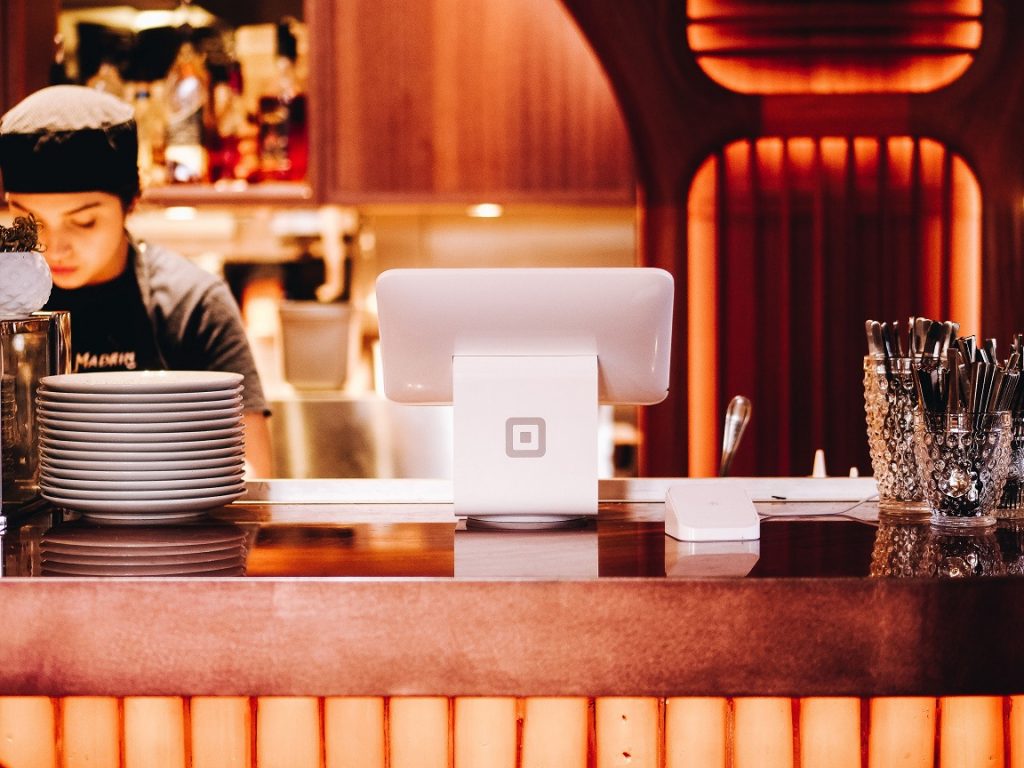Best Asian Restaurant Islamabad: Experience Tastes from Throughout Asia
Best Asian Restaurant Islamabad: Experience Tastes from Throughout Asia
Blog Article
Savor Genuine Eastern Food With a Pan-Asian Twist for a Cooking Adventure
Getting started on a cooking journey via authentic Eastern cuisine, enhanced with a Pan-Asian spin, offers a special possibility to explore the abundant tapestry of flavors that specify the area's varied culinary practices. As you ponder these enticing meals, think about the cultural narratives and historical influences that form them, each bite offering a story waiting to be uncovered. Chinese food Islamabad.

Checking Out Pan-Asian Flavors
In the realm of international gastronomy, Pan-Asian cuisine stands apart for its impressive diversity and the harmonious interaction of flavors from different Oriental societies. This culinary approach celebrates the one-of-a-kind ingredients and abundant practices found throughout the continent, producing a tapestry of tastes that is both enjoyable and interesting. Trick to Pan-Asian food is its ability to balance different flavors-- pleasant, salty, spicy, and sour-- while highlighting the quality and top quality of each component.
From the umami-rich soy sauce of Japan to the fiery chili peppers of Thailand, Pan-Asian food supplies a considerable scheme of tastes. These aspects are typically combined in innovative methods, boosting meals with layers of intricacy. As an example, using great smelling herbs such as lemongrass and cilantro, typical in Vietnamese and Thai cuisine, adds a rejuvenating illumination to recipes, while the incorporation of coconut milk supplies a creamy, rich structure.
The emphasis on fresh produce and aromatic seasonings ensures that each dish is not just a feast for the taste yet also for the senses. Pan-Asian cuisine welcomes restaurants to embark on a cooking trip, discovering the vast and varied landscapes of Asian gastronomy with every bite.
Fusion Meals to Attempt
While Pan-Asian cuisine is celebrated for its traditional flavors, the modern culinary landscape is significantly embracing combination meals that mix these timeless elements with impacts from various other regions. This innovative method not just honors the abundant heritage of Oriental cookeries however also introduces unique taste experiences that appeal to modern tastes.
A prime example of such a fusion meal is the Korean-Mexican taco, where seasoned bulgogi beef is wrapped in a cozy tortilla, topped with kimchi and a zesty gochujang-infused salsa. This combination marries the bold, savory flavors of Korea with the lively, fresh aspects of Mexican food. Likewise, sushi burritos have actually gotten appeal, joining together the delicate artistry of Japanese sushi with the passionate, hand-held ease of a burrito, usually featuring combination active ingredients like tempura shrimp and avocado with a drizzle of wasabi mayo.
An additional noteworthy dish is Thai curry ramen, which infuses the creamy, fragrant flavors of Thai curry right into the reassuring brew of traditional Japanese ramen, creating a harmonious blend that tantalizes the detects. These blend recipes extend beyond simple novelty; they stand for a cooking discussion between cultures, urging exploration and advancement worldwide of Pan-Asian cuisine.
Crucial Active Ingredients and Spices
To genuinely appreciate Pan-Asian cuisine, one need to understand the vital components and spices that develop its foundation. This diverse culinary style attracts from an abundant tapestry of Asian traditions, utilizing a harmonious blend of flavors and textures. Secret components consist of soy sauce, fish sauce, and oyster sauce, which present a mouthwatering umami deepness crucial to Eastern meals. Corresponding to these are rice vinegar and mirin, providing a fragile level of acidity and sweetness.
Aromatic elements are pivotal, with ginger, garlic, and lemongrass being ubiquitous throughout numerous Pan-Asian dishes. These components offer a great smelling base that improves the complexity of tastes. Spices such as celebrity anise, cardamom, and cinnamon introduce heat and personality, resembling impacts from regions like China and India.

Food Preparation Techniques and Tips
Understanding the art of Pan-Asian cuisine calls for knowledge with its distinctive food preparation methods, each adding to the lively tapestry of tastes this culinary custom is celebrated for. Central to these methods is the stir-fry, a rapid cooking strategy that protects the dietary integrity and vibrant colors of active ingredients. Making use of a frying pan, the stir-fry approach enables for even heat circulation, crucial for attaining the particular appearance and flavor balance of Pan-Asian meals.
Another fundamental method is steaming, especially common in Chinese food. This mild method maintains the all-natural flavors and nutrients of ingredients, making redirected here it ideal for seafood and veggies. Dumplings, a precious staple, frequently take advantage of steaming, leading to soft, succulent textures.
Barbecuing, also indispensable, gives great smoky depths to dishes such as Korean bulgogi or Japanese yakitori (Chinese food Islamabad). This method usually involves marinading active ingredients, enabling tastes to penetrate deeply prior to food preparation over an open flame or warmer
Last but not least, understanding the art of stabilizing flavors-- pleasant, sour, salty, bitter, and umami-- is vital. Correctly layering these components can raise a meal from ordinary to phenomenal, using a facility and pleasing culinary experience that personifies the significance of Pan-Asian food.
Dining Experiences Worldwide
Across the globe, Pan-Asian food offers an unparalleled dining experience, celebrated for its rich tapestry of flavors and lively presentations. This culinary sensation has actually gone beyond cultural limits, capturing the hearts and tastes of food fanatics worldwide. In multicultural cities like New York, London, and Sydney, Pan-Asian restaurants act as fusions where culinary practices from Thailand, Japan, China, and past converge, supplying restaurants with an eclectic mix of meals that highlight the region's variety.
The international charm of Pan-Asian cuisine exists visit site in its capability to use both credibility and technology. Chefs skillfully wed typical components such as lemongrass, soy sauce, and miso with contemporary methods, resulting in meals that are both acquainted and refreshingly new. This blend permits restaurants to embark on a culinary journey that respects heritage while embracing modernity.
In addition, eating experiences are elevated via attentively designed atmospheres that reflect the principles of Pan-Asian visual appeals. From minimal Japanese-inspired interiors to dynamic Thai-themed areas, each restaurant offers a distinct atmosphere that matches the culinary offerings. Therefore, patrons are not simply eating a dish yet partaking in a cultural experience, making Pan-Asian dining a genuinely global sensation.
Conclusion
The exploration of Pan-Asian food offers an extensive understanding of the complex interaction of tastes and cooking practices across Asia. By welcoming blend meals such as Thai curry ramen and sushi burritos, the cooking trip not only highlights the adaptability of typical components yet also showcases ingenious modern-day methods. This gastronomic journey, enriched by essential flavors and cooking techniques, supplies an unique possibility to appreciate the multiculturalism and cooking virtuosity that define Pan-Asian cuisine on a global range.
Embarking on a cooking trip with genuine Asian cuisine, boosted with a Pan-Asian spin, supplies a distinct possibility to discover the rich tapestry of flavors that define the region's varied culinary customs.In the world of global gastronomy, Pan-Asian food stands out for reference its impressive diversity and the harmonious interaction of flavors from various Oriental cultures. Key to Pan-Asian cuisine is its ability to balance contrasting tastes-- wonderful, salty, spicy, and sour-- while highlighting the quality and top quality of each component.

Report this page